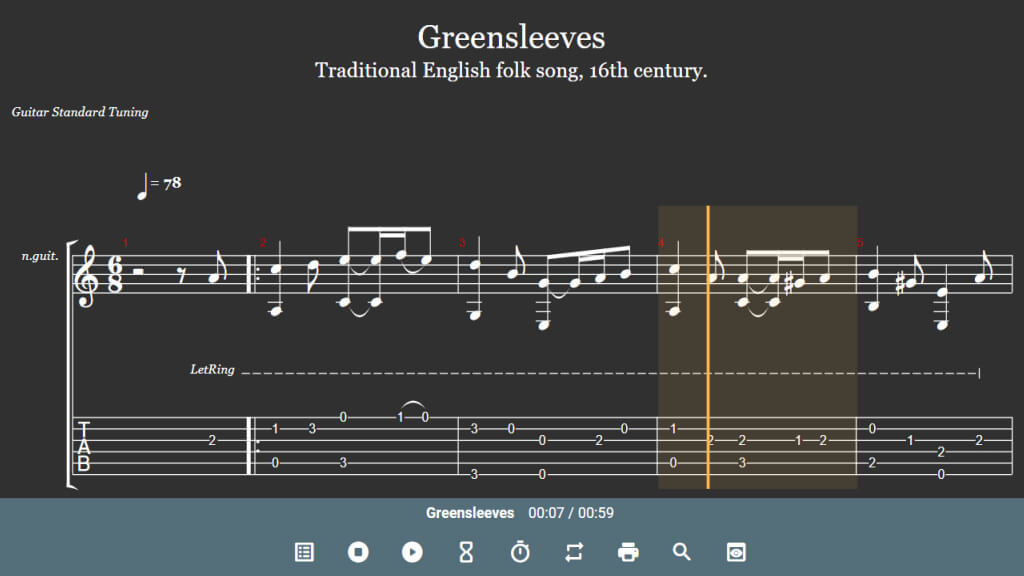Formula and Structure of the C#13 Chord
Interval formula from the root note: 1 — 3 — 5 — b7 — 9 — 11 — 13. The chord consists of the following notes:
- Db — unison and the main tonal anchor.
- F — major third with a bright major quality and clear stability above the tonic.
- Ab — perfect fifth, stabilizing the triad and adding tonal grounding.
- B — minor seventh with dominant pull toward the tonic.
- Eb — major ninth, opening the top line and adding airiness to the texture.
- Gb — eleventh with a spicy fourth above the octave, best voiced apart from the third.
- Bb — thirteenth with a warm sixth above the octave, sounding beautiful in the top voice.
Together, these notes form the harmonic foundation of the C#13 chord, defining its sound and role in the musical context.
Alternative Names for the C#13 Chord
There are no alternative names for this chord.
Using the C#13 Chord
Separate the 13 and 9 so they don’t clash with the 3 and b7. Place the 13 closer to the top line to give the chord a modern jazz or fusion color. Works well before resolving to the tonic or in modulations. For more expressiveness, you can omit the 5 to free space for color tones.
Conclusion
C#13 is an expressive and versatile chord. Learn several fingerings, experiment with different positions and voice spacing, then try weaving it into your own playing — this will help you quickly find your unique tone.




![[Final Fantasy VIII] Julia — Nobuo Uematsu (Fingerstyle Guitar Cover)](https://dmitrypimonov.com/api/files/aaa37034-a651-4682-ad7d-609087329cf3/content/1280/720/medium.jpg)








